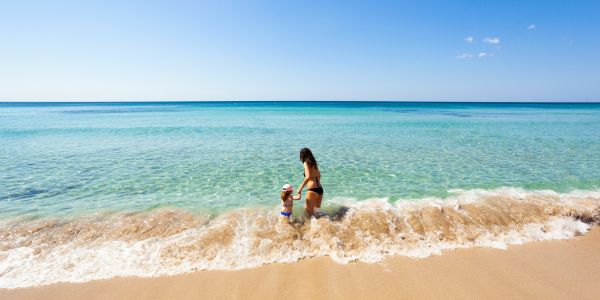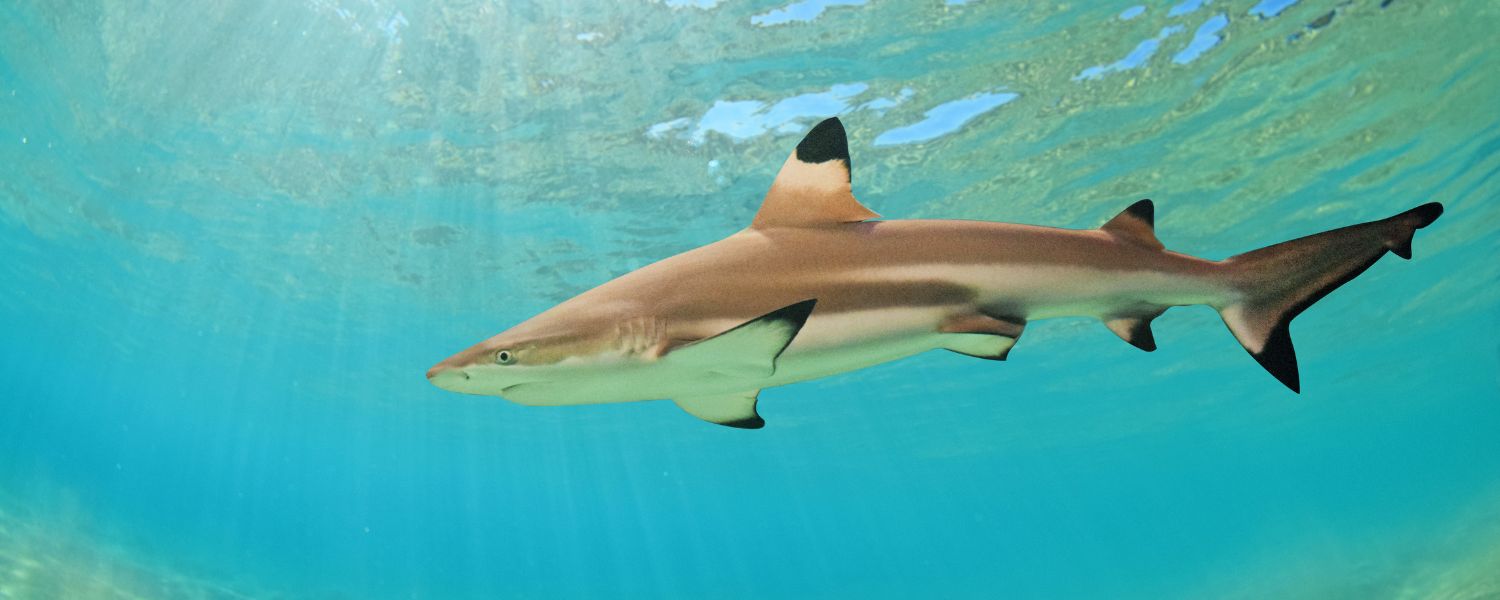Each year, beach enthusiasts and vacationers flock to the pristine shores of along Florida’s Gulf Coast. It’s important to be aware of the presence of sharks in 30A and take necessary precautions to ensure a safe and enjoyable beach experience. While shark encounters are rare, understanding shark safety guidelines and practicing vigilance can help mitigate potential risks. In this blog post, we will provide you with valuable tips and information to help you stay informed and make informed choices while enjoying your 30A beach vacation.
Know the Facts
It’s essential to understand that sharks are a natural part of the ocean ecosystem and are present in coastal waters. However, the Gulf of Mexico, including the 30A area, is not known for a high number of shark incidents. Most encounters with sharks are non-confrontational and do not result in harm to humans. Educate yourself about local marine life, including the types of sharks commonly found in the area, to gain a better understanding of their behavior and habitat preferences.
Swim in Designated Areas
Whenever possible, swim in areas monitored by lifeguards and designated for swimming. These areas are often marked with flags and offer a safer environment for beachgoers. Lifeguards are trained to monitor the water and can provide real-time information regarding any shark sightings or potential risks.
Swim in Groups
Sharks are more likely to target solitary individuals, so swimming in groups can reduce the chances of an encounter. Stay close to shore and avoid venturing too far away from other swimmers. This not only enhances safety but also promotes a sense of camaraderie and support among beachgoers.
Avoid Dusk and Dawn
Sharks in 30A (and other places) are most active during the early morning and late afternoon when they are feeding. If possible, avoid swimming during these times, as it increases the chances of encountering marine wildlife. Instead, plan your beach activities for the mid-morning or early afternoon when sharks are typically less active.

Leave Wildlife Alone
While it can be exciting to spot marine wildlife, including sharks, maintain a safe distance and observe them from afar. Avoid touching or feeding any marine creatures, as this can disrupt their natural behavior and potentially lead to negative encounters.
You may enjoy our blog post, “The Ultimate Florida Panhandle Wildlife Guide” for more great information.
Stay Informed
Stay updated on local news, beach advisories, and any reported shark sightings in the area. Local authorities and beach management teams typically share information regarding shark activity to ensure public safety. By staying informed, you can make informed decisions about your beach activities.
Report Sightings of Sharking in 30A
If you spot a shark or witness any unusual behavior in the water, promptly report it to lifeguards, beach patrol, or local law enforcement. This information helps authorities monitor and respond to potential risks effectively.
The 30A area along Florida’s Gulf Coast offers stunning beaches and abundant natural beauty, including a diverse marine ecosystem that includes sharks. By understanding shark safety guidelines, being aware of their presence, and taking necessary precautions, you can enjoy the beaches with confidence and peace of mind. Remember, encountering sharks in 30A is rare, and with proper knowledge and awareness, you can enhance your beach experience and appreciate the wonders of the ocean while prioritizing your safety and well-being.
If you would like more great information about planning your 30A vacation, our team of vacation rental experts is here to help. Download our free destination guide today!!

